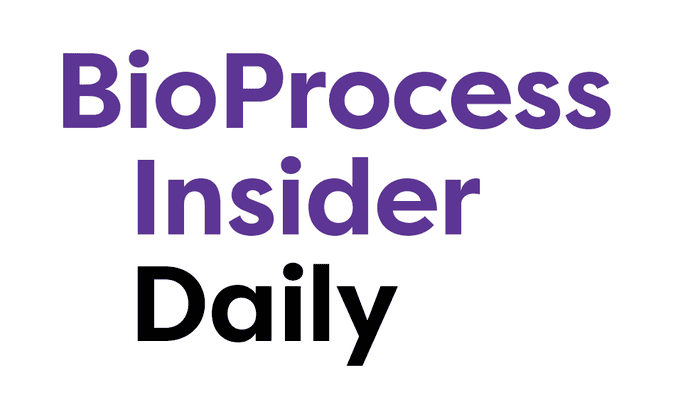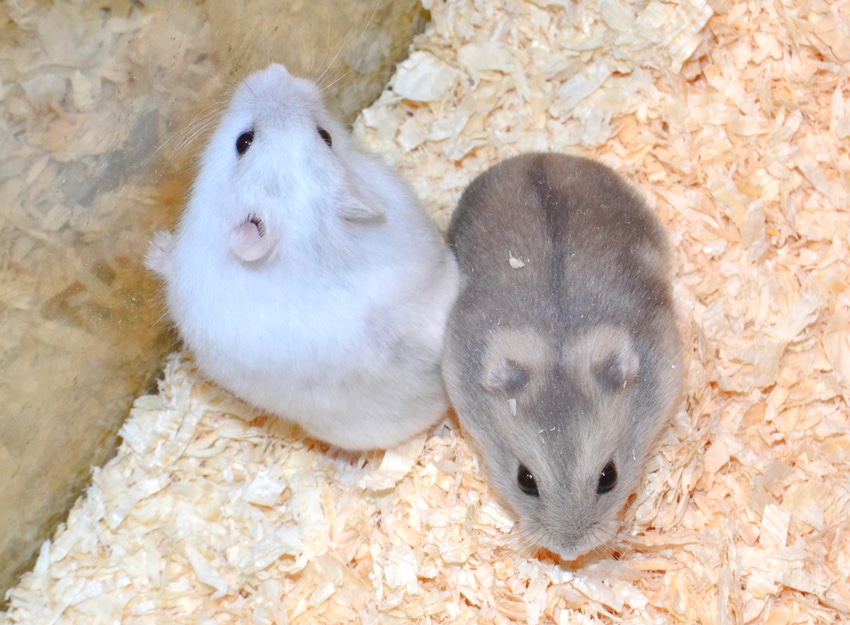
Our BioProcess Insider editorial team is at BPI Europe 2024 to bring you some of the most pertinent coverage from across the conference hall and exhibition floor here in Vienna.
Follow our coverage throughout the event, and keep abreast of the latest industry news and views all year round by signing up at www.BioProcessInsider.com
Choosing CHO: The conflicting nature of the cell line
Nicole Borth, professor of cell biology and cytometry at the department of biotechnology at the University of Life Sciences Vienna (BOKU), opened the first day at BioProcess International Europe in Vienna, Austria with a keynote address about heterogeneity in cell-line development.
April 10, 2024

She presented delegates with research about heterogeneity in Chinese hamster ovary (CHO) cell lines and discussed the characteristics that determine the phenotype of a cell.
According to Borth, eight of the top 10 best-selling drugs worldwide are biotherapeutics, with more than 100 such products on the market and another 400 in the development pipeline. Borth stressed that such therapeutics are increasingly diverse and complex, and therefore can be difficult to express.
Borth said that CHO cells — popularly hailed as the gold standard in biologic production — present advantages and disadvantages to developers.
Typical of mammalian cells, they have high genomic variation and are highly adaptable, enabling researchers to find subclones that are suitable for high productivity. Conversely, working with them presents high costs, a lack of predictability that leads to delays in market introduction, and a great degree of effort to ensure safety, quality, and proper documentation. The genetic diversity of CHO cells results in many different phenotypes derived from subcloning.
Borth’s presentation echoed her 2022 paper, which states that “The elevated plasticity, however, is a conflicting feature of CHO cells: while it enables rather simple genome engineering and transgene expression, a phenotypic drift is apparent in long-term cultures.”
However, Borth pointed out that although mutations in coding genes occur and can affect the fitness of clones, coding genes only account for 3% of a cell’s genome and 10% of that which is transcribed in each cell, indicating that “only a small part of the mutation cells’ accumulate are in coding or even in transcribed regions.”
Borth presented data from a recent project that analyzed 14 datasets that consisted of over 150 samples covering three CHO lineages. Her team found that across all lineages and culture states, a consistent pattern emerged of gene expression, with a set of indeterminate genes that express in some cells and not in others.
Borth said that variation in transcriptomes determine CHO-cell phenotypes. When cells are stressed — which can happen from factors such as running out of substrates, accumulating waste products, or frequent medium changes — they “activate changes in DNA methylation that modulate the expression of active genes.” New patterns that emerge in genes are passed to their progeny cells, and thus create challenges for engineering.
About the Author(s)
You May Also Like





